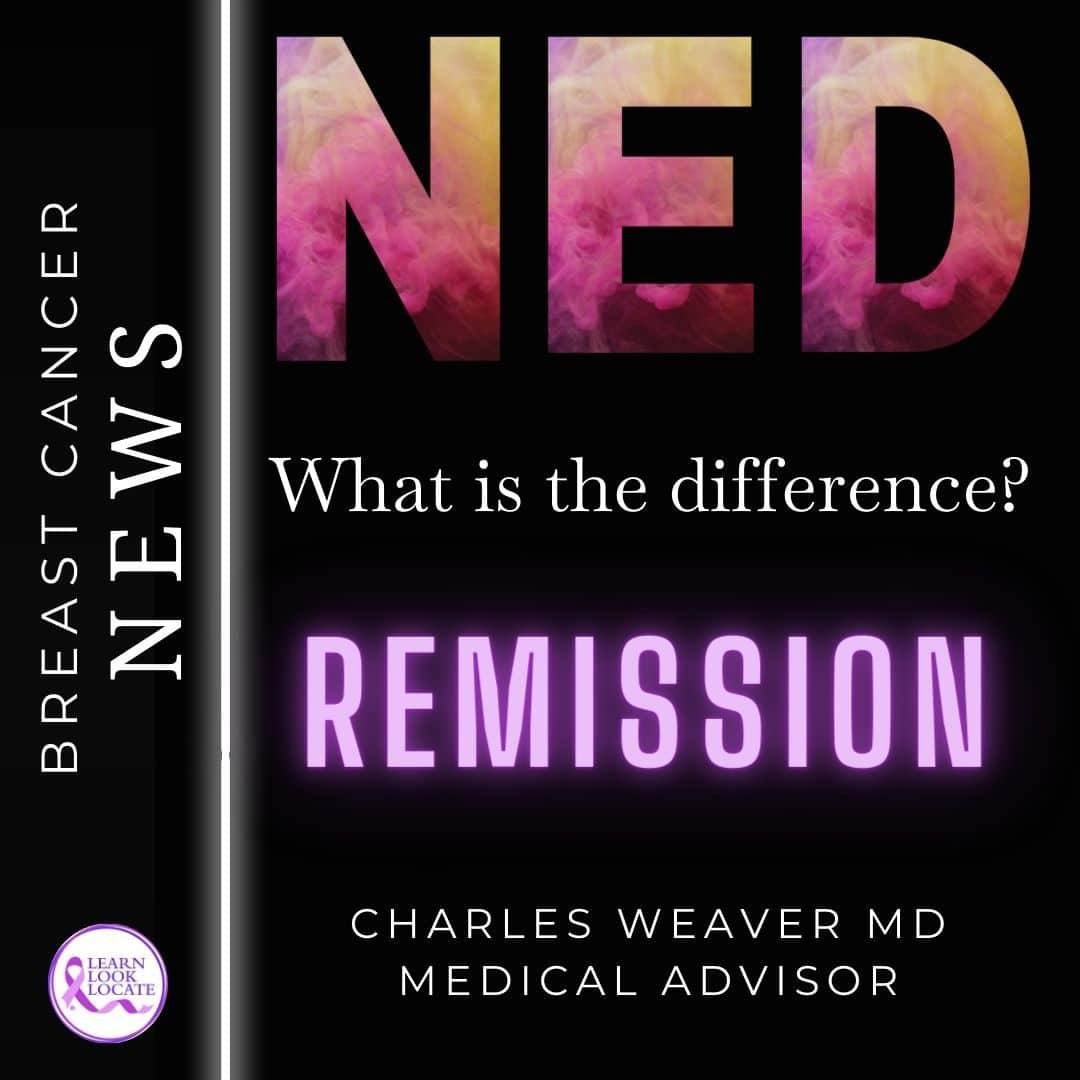
NED and Remission in Cancer: Deciphering the Differences
Introduction
In the complex world of cancer treatment and recovery, two terms often surface: “No Evidence of Disease (NED)” and “remission.” While they may appear similar, they carry distinct meanings that are vital for patients and their families to comprehend. This blog post aims to demystify these terms and shed light on their implications in the context of cancer treatment and survivorship.
No Evidence of Disease (NED)
“No Evidence of Disease” or NED is a term used when tests, physical exams, and scans show that all visible signs of cancer have vanished. However, it’s crucial to note that NED does not necessarily mean a cure. Despite the advancements in testing technologies, microscopic cancer cells may still linger in the body, undetectable but potentially active. This is why continuous monitoring and follow-up tests are essential in cancer care.
Understanding Remission
On the flip side, “remission” refers to a decrease in or complete disappearance of the signs and symptoms of cancer. There are two types of remission: partial and complete. In partial remission, some, but not all, signs and symptoms of cancer have disappeared. In complete remission, all signs and symptoms of cancer have vanished, although cancer cells may still be present in the body, lurking at a microscopic level.
NED vs. Remission: What’s the Difference?
While both NED and remission indicate a positive response to cancer treatment, they are not used interchangeably. NED is often used after surgical removal of a cancer, indicating that no cancer is currently detectable in the body based on scans, bloodwork, or other tests. Remission, however, is a broader term used to describe the state where the signs and symptoms of cancer have decreased or disappeared entirely.
It’s important to ask your doctor to clarify what they mean when they refer to remission or NED. Understanding these terms can help you better comprehend your current health status and the progress of your treatment.
The Role of Biomarkers and DNA in Cancer Treatment
With advancements in medical technology, doctors can now measure cancer-related biomarkers or the actual DNA from the cancer. These “molecular” remissions provide greater insight than medical imaging alone. This evolving field of cancer treatment is providing new ways to evaluate the effectiveness of treatment and the status of the disease. For more information on this, you can check out cancerconnect.
Selecting Your Optimal Treatment
Cancer treatment varies depending on your type of cancer, stage of cancer, and overall condition. The goal of treatment could be to cure the cancer, prevent the cancer from spreading, or to relieve the symptoms caused by cancer. You and your physician will consider all of these factors when selecting your optimal treatment. For more information on selecting your treatment, you can visit this cancerconnect.
Copyright breastcancerconnect 2023.
At Learn Look Locate, we understand the complexities of navigating a cancer diagnosis. We strive to provide essential information on early detection, diagnosis, and the latest treatments. Our mission is to empower individuals with knowledge and support throughout their journey. We welcome you to join our community and explore our resources. We’re here to guide you along your recovery journey and beyond.
